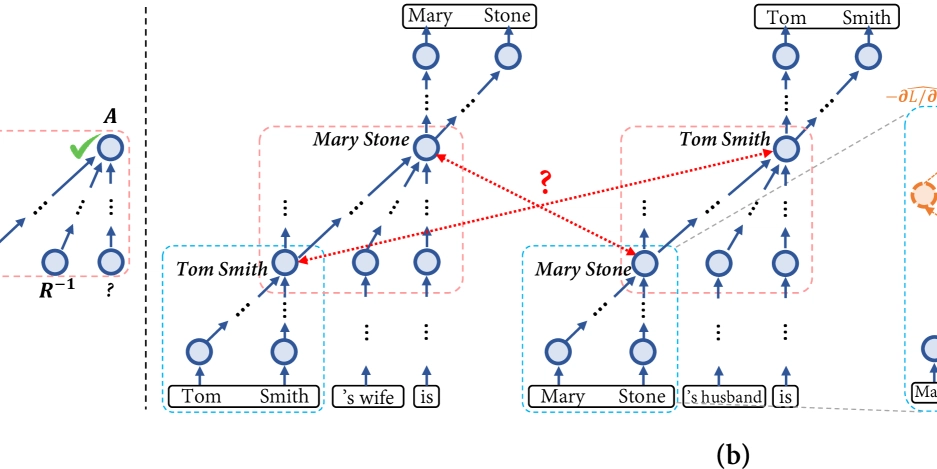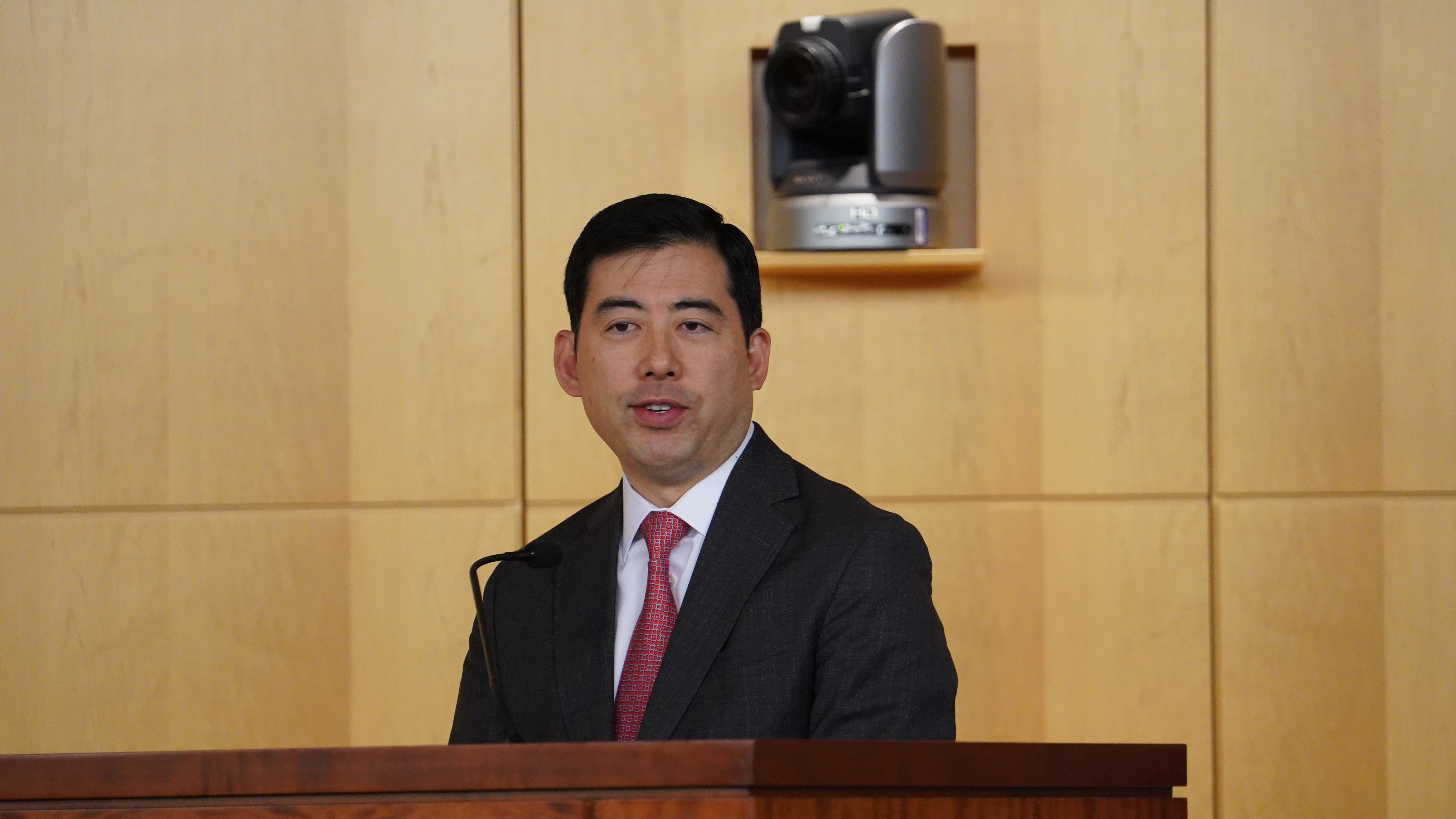What's Next for BTC, ETH, SOL, ADA, XRP After Trump Tariffs? Here's How Traders Playing the Dip
From bitcoin as a capital preservation tool to some targeting a move toward the $70,000 level, here’s how traders are reacting to U.S. tariffs.

The kickstart of heavy tariffs under the Trump administration has ushered in a new chapter of uncertainty and opportunity for the crypto market, one that tends to ebb and flow with changes in the global economy.
Tariffs, by design, increase the cost of imported goods, often leading to higher inflation, shifts in supply chains, and fluctuations in currency valuations. A stronger U.S. dollar, driven by tariff-induced trade imbalances, might initially pressure crypto prices downward as investors flock to traditional safe havens.
However, prolonged economic uncertainty could fuel bitcoin’s appeal as a store of value, especially if central banks respond with loose monetary policies. Here’s how crypto traders and market watchers are approaching the coming months — largely expecting muted price action in the near term but bullish in the medium to long term.
Rick Maeda, Research Analyst at Presto Research
Trump’s tariffs, jumping to 34% on China and 25% on cars from the 10% baseline levy, unnerved global markets and crypto was no exception.
Bitcoin sold-off into the $82k level while Ethereum got hit harder, dipping below 1,800.
Options flow-wise, there was put buying across tenors as traders hedged against further downside, but implied volatility term structures held relatively steady.
Crypto continues to be haunted by Trump’s trade policies as it faced a similar shock earlier this year when tariffs on Mexico and Canada - 25% each - were floated. Lacking a strong intrinsic narrative, the asset class remains firmly tethered to macro forces, with its macro beta keeping it closely bound to trade war developments. Structurally, a prolonged trade war could continue to batter crypto as it continues to identify as a risk asset rather than the digital gold it once was.
Enmanuel Cardozo, Market Analyst at Brickken
"Trump’s tariffs that rolled out yesterday on April 2, 2025, for a long list of countries, are stirring up the crypto industry in a big way. We saw how bitcoin was at $88,500 flirting with the $90K level but in a span of 4hrs dropped down to around $82,000.
In the short term, these tariffs are fueling a lot of volatility in what seems to me a sideways consolidation zone—, as economic uncertainty drives retail investors toward safer bets like gold or traditional investment vehicles while institutional investors continue to accumulate Bitcoin.
Add to that the broader risk-off sentiment—JPMorgan’s survey shows 51% of institutional traders see inflation and tariffs as the top market shapers this year. But looking past the immediate turbulence, there’s a potential upside for crypto in the long run.
These tariffs could weaken the dollar’s dominance by making imports pricier, which might position bitcoin as a go-to hedge against inflation.
As global trade gets more murky, crypto’s utility for cross-border transactions could potentially gain more appeal, especially with stablecoins stepping up as a workaround for tariff barriers as we’re already seeing hints of this with government-backed stablecoin adoption.
Trump’s tactic—where tariffs might act by weakening the dollar—adds another layer. If the easing effect wins, bitcoin could benefit long-term. Either way, I’ll be watching how these tariffs interact with Fed policy and market sentiment to see how crypto adapts to this scenario."
Alvin Kan, COO at Bitget Wallet
"Trump’s proposed tariffs risk triggering stagflation—rising prices without growth—which could undermine confidence in fiat, especially the U.S. dollar. As capital seeks protection from inflation and trade war uncertainty, bitcoin stands out as a neutral, decentralized hedge. If dollar dominance erodes and volatility spikes, BTC demand could rise fast.
In a fragmented, protectionist world, bitcoin becomes less about speculation and more about preservation, and smart traders are already positioning accordingly."
Augustine Fan, Head of Insights, SignalPlus
"Trade partners promised retaliation, while cross assets saw a massive risk-off move, leading to a similar drop in BTC to recent lows. Compared to the move in US equities, which breached recent lows, crypto prices outperformed relatively, with BTC holding above the $80k level as the weaker dollar and stronger gold move is providing markets with a convenient excuse to give bitcoin a little bit of a flight to quality bid.
A bold statement from Secretary Bessent blaming the sell-off as a "Mag-7 problem" compounded the negative sentiment.
Risk off will likely be the consensus move here, as it's hard to imagine Trump pulling a quick 180-degree move after such an aggressive show of force, with US assets likely underperforming with economic growth to show tangible weakness in the near future.
We like buying BTC on aggressive dips towards the 76-77k area."
Ryan Lee, Chief Analyst at Bitget Research
"Trump’s unexpectedly harsh tariffs, including 10-49% tariffs on imports, may have sparked a panic-driven sell-off in the wider market, with ETH and SOL dropping ~6%, and the market shifting to stablecoins as fear spiked.
Beyond the initial shock, these tariffs threaten the U.S. economy, which could ripple into crypto markets. Higher import costs—particularly from key partners like China —could accelerate inflation, with some models projecting a 2-3% CPI uptick by Q2 2025 if trade wars escalate.
Concurrently, the Atlanta Fed’s GDPNow estimate of a 2.8% GDP decline for Q1 2025 may worsen as consumer spending and business investment falter under tariff pressures.
A weakening dollar from economic strain and potential Fed easing could boost BTC as a hedge, with data showing early accumulation trends. However, altcoins may need stronger fundamentals to benefit in the long term." Read more: Why Trump's Tariffs Could Actually be Good for Bitcoin










































































































































































![[The AI Show Episode 142]: ChatGPT’s New Image Generator, Studio Ghibli Craze and Backlash, Gemini 2.5, OpenAI Academy, 4o Updates, Vibe Marketing & xAI Acquires X](https://www.marketingaiinstitute.com/hubfs/ep%20142%20cover.png)














































































































































































































































.jpg?#)















































































































































![YouTube Announces New Creation Tools for Shorts [Video]](https://www.iclarified.com/images/news/96923/96923/96923-640.jpg)

![Apple Faces New Tariffs but Has Options to Soften the Blow [Kuo]](https://www.iclarified.com/images/news/96921/96921/96921-640.jpg)
































































































































